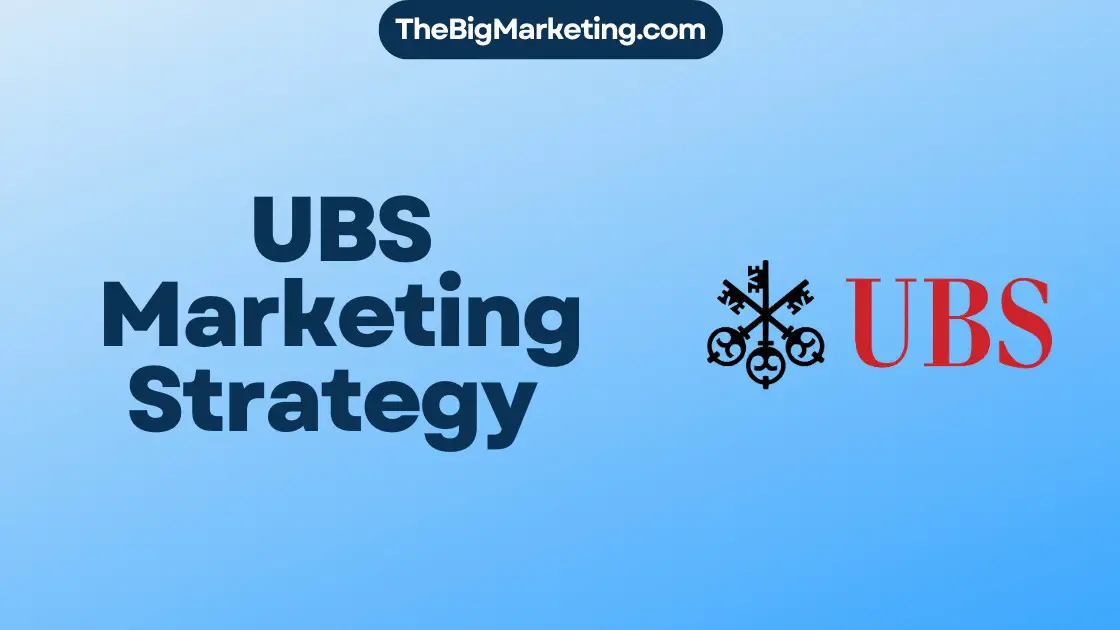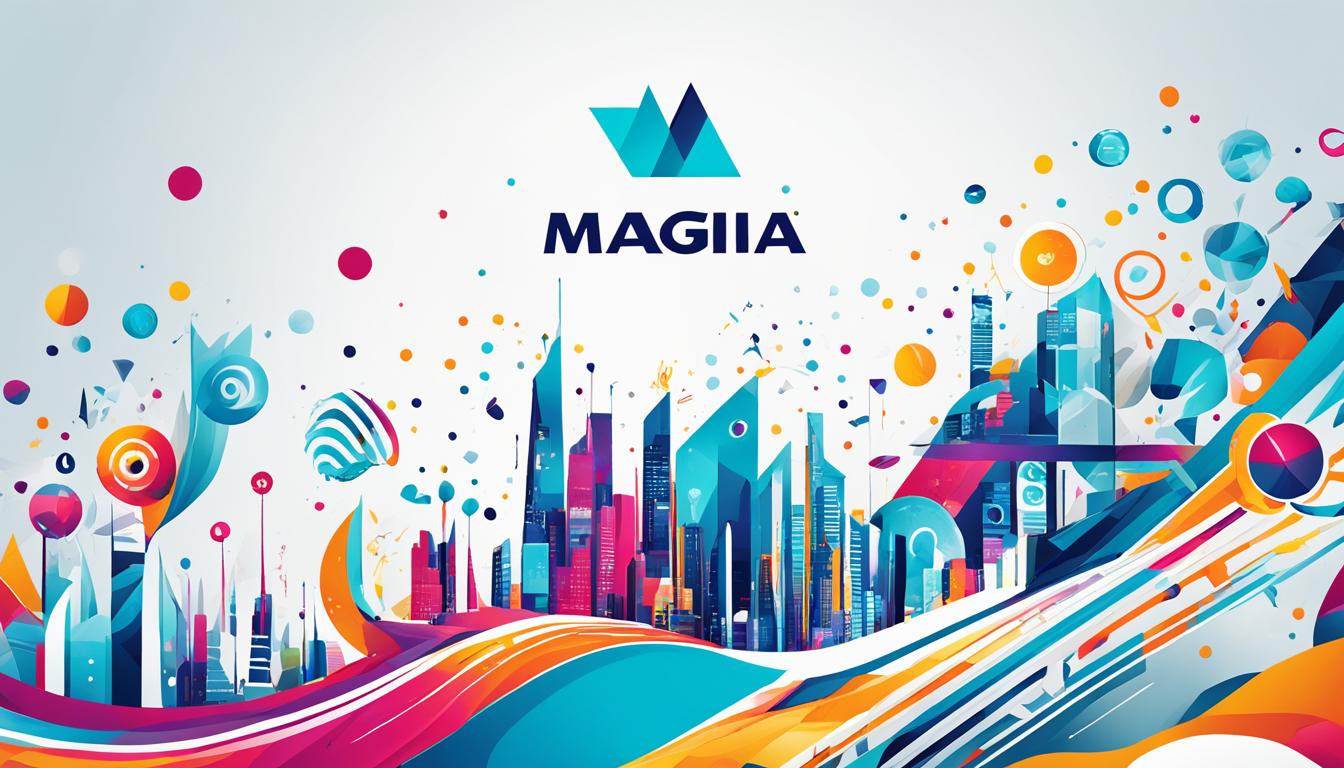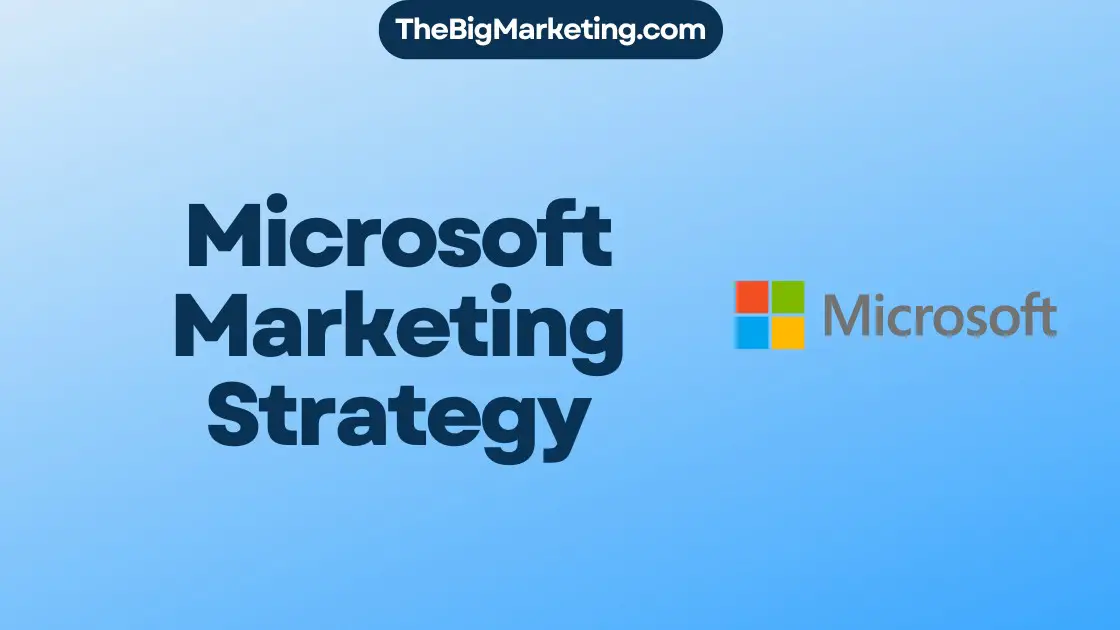Customer lifecycle marketing is a strategic approach that focuses on managing customer interactions and experiences at different stages of their journey with a brand. It involves optimizing the customer journey, implementing strategies for customer retention, acquiring new customers, analyzing customer engagement, and creating personalized marketing campaigns.
At each stage of the customer journey, from awareness to loyalty, businesses can employ customer journey optimization techniques to ensure a seamless and satisfying experience for their customers. By understanding the customer lifecycle, businesses can tailor their marketing efforts to meet the specific needs and preferences of their target audience.
Key Takeaways:
- Customer lifecycle marketing involves managing customer interactions and experiences throughout their journey with a brand.
- To optimize the customer journey, businesses can employ customer retention strategies, customer acquisition techniques, and customer engagement analytics.
- Personalized marketing campaigns and customer loyalty programs play a crucial role in customer lifecycle marketing.
- Customer segmentation helps businesses target specific customer groups with tailored marketing messages.
- Automation tools can streamline lifecycle marketing efforts and deliver personalized messages to customers.
What is the Customer Lifecycle?
The customer lifecycle is the journey that a prospect goes through, beginning from becoming aware of a product or brand and ending with becoming a loyal customer. It encompasses five stages: reach, acquisition, conversion, retention, and loyalty. Understanding the customer lifecycle is crucial for marketing, sales, and customer service teams to effectively engage customers, increase sales, and improve customer retention rates. By gaining insights into the customer journey, businesses can tailor their strategies to meet customer needs at each stage of the lifecycle.
Customer Lifecycle Stages:
To better understand the customer lifecycle, let’s take a closer look at each of its stages:
- Reach: This stage involves customers becoming aware of a problem or need and seeking out potential solutions. It is essential for businesses to establish a presence and generate awareness by leveraging marketing strategies such as content marketing, social media, and search engine optimization (SEO).
- Acquisition: In the acquisition stage, customers interact with a brand and express interest in their products or services. This could include subscribing to a newsletter, following social media accounts, or signing up for a free trial. Businesses need to focus on lead generation and nurturing strategies to convert prospects into paying customers.
- Conversion: The conversion stage occurs when a customer makes a purchase. It is a critical moment when businesses need to provide a seamless buying experience, including intuitive website navigation, secure payment options, and clear product information. Upselling and cross-selling techniques can also be employed to increase the average order value.
- Retention: The retention stage is all about keeping customers satisfied and engaged to promote long-term loyalty. It involves delivering exceptional customer service, personalized communication, and ongoing support. By implementing customer retention strategies, businesses can reduce churn and maximize customer lifetime value.
- Loyalty: The loyalty stage aims to transform customers into brand advocates who not only make repeat purchases but also actively promote the brand to others. Customer loyalty programs, referral incentives, and exclusive offers can help nurture loyalty and incentivize customers to become ambassadors for the brand.
By understanding and optimizing each stage of the customer lifecycle, businesses can build stronger relationships with their customers, boost sales, enhance customer service, and ultimately improve customer retention rates. Focusing on the entire customer journey allows businesses to deliver seamless experiences and build long-lasting customer loyalty.
What is Customer Lifecycle Management?
Customer lifecycle management is an integral part of successful marketing strategies. It involves tracking and measuring the different stages of the customer lifecycle using relevant metrics. By effectively managing the customer journey, businesses can gain valuable insights into customer behavior, improve customer satisfaction, and drive conversion rates. Customer lifecycle management enables companies to maximize customer engagement and retention, ultimately leading to increased revenue and brand loyalty.
The Importance of Tracking and Metrics
Tracking the customer lifecycle through various stages provides valuable data that can be analyzed to identify areas for improvement and optimize marketing efforts. By using metrics such as customer acquisition ratio, customer churn rate, and customer lifetime value, businesses can gain a comprehensive understanding of their customers’ journey and make data-driven decisions.
Enhancing the Customer Journey
Customer lifecycle management allows businesses to take control of the customer journey from start to finish. By understanding how customers interact with a brand at each stage, businesses can guide customers towards making a purchase and ensure a positive experience along the way. This comprehensive approach helps businesses create tailored marketing campaigns, personalized offers, and exceptional customer service that resonates with their target audience.
Driving Customer Engagement
Customer engagement is a key aspect of customer lifecycle management. By actively engaging customers throughout their journey, businesses can build stronger relationships, increase brand loyalty, and drive repeat purchases. By leveraging insights gained from customer behavior metrics, businesses can deliver targeted messaging and personalized experiences that foster engagement and build long-term customer relationships.
| Benefits of Customer Lifecycle Management | Components |
|---|---|
| Improved customer satisfaction and loyalty | Effective customer segmentation |
| Informed decision-making based on data | Predictive analytics for customer behavior |
| Revenue growth and increased customer lifetime value | Personalized marketing campaigns |
| Enhanced customer experience throughout the journey | Automation and customer journey mapping |
Customer Lifecycle Stages
The customer lifecycle consists of five stages: reach, acquisition, conversion, retention, and loyalty. Each stage represents a crucial step in the customer journey, with distinct objectives and strategies.
Reach Stage
In the reach stage, customers become aware of a problem or need and start searching for a solution. This is where businesses focus on building awareness and visibility through marketing efforts. The goal is to attract potential customers and drive them to explore more about the brand’s offerings. Effective reach strategies include search engine optimization (SEO), content marketing, social media advertising, and influencer partnerships.
Acquisition Stage
Once customers are aware of a brand, they enter the acquisition stage. This stage begins when a customer interacts with the brand and expresses interest in their products or services. The primary objective is to convert prospects into paying customers. Businesses employ various acquisition techniques such as targeted advertising, lead generation campaigns, email marketing, and persuasive sales tactics to encourage customers to make their first purchase.
Conversion Stage
In the conversion stage, a customer completes a purchase, whether it’s a one-time transaction or a subscription-based service. Businesses aim to provide a seamless buying experience, removing any barriers or friction that may hinder the conversion process. Personalized offers, secure payment options, customer reviews, and testimonials play a crucial role in instilling trust and confidence in the customer’s decision.
Retention Stage
The retention stage focuses on keeping customers satisfied and engaged, encouraging repeat purchases and fostering long-term loyalty. Building strong customer relationships is essential during this stage. Businesses employ strategies such as personalized customer support, loyalty programs, post-purchase communication, and proactive customer engagement to ensure customers continue to choose their brand over competitors.
Loyalty Stage
The loyalty stage aims to turn customers into brand advocates who not only make repeat purchases but also promote the brand to others. Loyal customers can become a valuable asset through word-of-mouth referrals and positive online reviews. To foster loyalty, businesses employ customer loyalty programs, exclusive offers, VIP experiences, and personalized communication. Engaging with customers in a meaningful way cultivates a sense of belonging and appreciation, increasing their affinity towards the brand.
| Customer Lifecycle Stage | Key Objectives | Strategies |
|---|---|---|
| Reach | Awareness, Visibility | SEO, Content Marketing, Social Media Advertising |
| Acquisition | Conversion of prospects to customers | Targeted Advertising, Lead Generation Campaigns, Email Marketing |
| Conversion | Successful Purchase | Personalized Offers, Secure Payment Options, Customer Reviews |
| Retention | Satisfaction, Repeat Purchases | Personalized Customer Support, Loyalty Programs, Proactive Engagement |
| Loyalty | Advocacy, Brand Promotion | Customer Loyalty Programs, Exclusive Offers, Personalized Communication |
Customer Lifecycle Map
A customer lifecycle map is a visual tool that helps track and understand customer behavior throughout the various stages of their journey. It allows marketers to identify key touchpoints and moments in the customer journey, enabling them to develop targeted marketing strategies that engage customers at every stage. By creating a customer lifecycle map, businesses gain a comprehensive view of how customers interact with their brand, allowing them to optimize the customer experience.
The customer lifecycle map serves as a guide for marketers, providing insights into customer behavior and preferences. It helps identify opportunities for improvement and enables businesses to tailor their marketing efforts to meet the specific needs and expectations of their target audience. With a clear understanding of the customer journey, businesses can align their strategies and tactics to effectively nurture leads, drive conversions, and foster customer loyalty.
| Stage | Description |
|---|---|
| Reach | Customers become aware of a problem or need and start seeking a solution. |
| Acquisition | Customers interact with a brand and demonstrate interest in their products or services. |
| Conversion | Customers make a purchase and become paying customers. |
| Retention | Efforts focus on keeping customers satisfied, engaged, and loyal to the brand. |
| Loyalty | Customers become brand advocates, making repeat purchases and promoting the brand to others. |
Conducting a Customer Lifecycle Analysis
When it comes to optimizing the customer journey, identifying pain points and areas for improvement is crucial. This is where conducting a customer lifecycle analysis plays a vital role. By carefully analyzing each stage of the customer journey – reach, acquisition, conversion, retention, and loyalty – businesses can gain valuable insights into customer behavior, identify the problems they face, and develop effective solutions to enhance their overall experience.
Customer lifecycle analysis involves a comprehensive examination of customer interactions and touchpoints throughout their journey with your brand. By understanding how customers move through each stage, you can pinpoint any bottlenecks or roadblocks that may hinder their progress. Whether it’s difficulties in discovering your product, friction during the conversion process, or challenges in customer retention, a thorough analysis will help you identify where and why these issues occur.
One method of conducting a customer lifecycle analysis is through data-driven research and customer feedback. By analyzing quantitative data such as website analytics, sales data, and customer surveys, you can gain insights into customer behavior, preferences, and pain points. Qualitative research, like customer interviews or focus groups, can also provide deeper insights into the emotional aspects of the customer experience.
Once you have gathered and analyzed the necessary data, you can begin identifying common patterns, trends, and challenges within each stage of the customer journey. This analysis will help you answer questions such as:
- What are the key touchpoints and interactions at each stage?
- What are the common problems or obstacles customers face?
- What are the potential solutions to address these challenges?
The insights gained from customer lifecycle analysis can inform strategic decisions and actions to improve the overall customer experience. It allows you to tailor your marketing, sales, and customer service efforts to better meet the needs and expectations of your customers at each stage. By addressing the problems identified, you can enhance customer satisfaction, increase engagement, and ultimately drive better outcomes.
A customer lifecycle analysis empowers businesses to make data-driven decisions and develop effective strategies for growth. By identifying and resolving customer journey problems, you can create a seamless and enjoyable experience that fosters loyalty and drives positive word-of-mouth. So, if you want to stay ahead of the competition and build long-lasting customer relationships, conducting a comprehensive customer lifecycle analysis is a crucial step.
What is Lifecycle Marketing Automation?
Lifecycle marketing automation is a powerful strategy that harnesses the capabilities of software and tools to automate various marketing processes. It enables businesses to deliver personalized messages to customers at different stages of their lifecycle, ensuring relevant and timely communication.
One key aspect of lifecycle marketing automation is automated email marketing. With automated email campaigns, businesses can nurture leads, send targeted emails, and provide valuable information to customers without manual intervention. This not only saves time and resources but also ensures consistent and personalized communication with customers.
Retargeting is another vital component of lifecycle marketing automation. It allows businesses to reach out to customers who have shown interest in their products or services but haven’t made a purchase. By delivering targeted ads or personalized messages, retargeting helps businesses re-engage these potential customers and guide them towards conversion.
Personalization is a critical element of lifecycle marketing automation. By leveraging data on customer behavior and preferences, businesses can create personalized experiences and deliver highly relevant content and offers. This level of personalization enhances customer engagement and increases the chances of conversion.
Overall, lifecycle marketing automation streamlines marketing efforts, saves time, and increases efficiency. By delivering personalized messages to customers based on their behavior and preferences, businesses can provide a seamless and engaging customer experience that fosters loyalty and drives revenue.
The Importance of Customer Engagement in Lifecycle Marketing
Customer engagement is a fundamental element of customer-centric lifecycle marketing, playing a crucial role in building strong relationships with customers and fostering brand loyalty. By actively engaging customers at each stage of the lifecycle, businesses can create personalized experiences that resonate with their target audience, address customer needs and preferences, and ultimately drive long-term customer relationships.
One of the primary benefits of customer engagement in lifecycle marketing is the ability to deliver personalized experiences. By understanding customer behaviors and preferences, businesses can tailor their marketing efforts to provide relevant and targeted messaging, offers, and recommendations. This level of personalization not only enhances the overall customer experience but also increases the likelihood of conversion and brand loyalty.
Furthermore, customer engagement is instrumental in addressing customer needs and preferences. By actively listening to customers and fostering open communication channels, businesses can gather valuable feedback and insights. This enables them to understand customer pain points, identify areas for improvement, and promptly respond to customer concerns. By meeting customer expectations and delivering exceptional service, businesses can enhance customer satisfaction and loyalty.
Customer engagement analytics is a critical tool that empowers businesses to measure and analyze customer interactions throughout the lifecycle. By tracking and monitoring engagement metrics such as click-through rates, open rates, and social media interactions, businesses gain valuable insights into the effectiveness of their engagement strategies. This data-driven approach allows businesses to optimize their engagement efforts, identify areas for improvement, and refine their marketing campaigns to better align with customer preferences and behaviors.
Overall, customer engagement is vital in lifecycle marketing as it enables businesses to create personalized experiences, address customer needs and preferences, and foster brand loyalty. By actively engaging customers and leveraging analytics to measure and optimize engagement efforts, businesses can enhance customer satisfaction, increase customer retention rates, and drive long-term success.
Customer Segmentation in Lifecycle Marketing
Customer segmentation is a fundamental aspect of lifecycle marketing and plays a crucial role in maximizing the effectiveness of marketing campaigns. By dividing customers into distinct groups based on shared characteristics, such as demographics, behavior, or preferences, businesses can create personalized marketing strategies that resonate with each segment. Targeted messaging tailored to specific segments enhances customer engagement, drives conversions, and increases the overall success of marketing efforts.
Segmentation helps businesses understand the diverse needs and preferences of their customer base, allowing them to curate relevant content, offers, and promotions. By analyzing customer demographics, businesses can design marketing campaigns that align with varying age groups, income levels, gender, and location. Understanding customer behavior enables businesses to deliver messages that resonate with different buying patterns, interests, and motivations. By targeting the right audience with personalized marketing, businesses can increase customer satisfaction and foster brand loyalty.
Demographics provide valuable insights into customer characteristics and allow businesses to tailor their messaging to reach specific groups. By considering factors such as age, gender, income, and education level, businesses can create marketing campaigns that appeal to different demographic segments. For example, a company offering youth-oriented products may focus its messaging on younger demographics, while a luxury brand might target customers with higher income levels.
Behavioral segmentation involves categorizing customers based on their actions, online behavior, purchase history, and engagement with marketing channels. By analyzing customer behavior data, businesses can customize their marketing campaigns according to the specific interests and preferences of each segment. For instance, an e-commerce website can target frequent buyers with personalized recommendations or offer incentives to customers who have shown interest but not yet made a purchase.
When segmenting customers, it’s essential to use relevant and reliable data sources to ensure accurate and effective targeting. By leveraging customer data collected through website analytics, CRM systems, surveys, and social media insights, businesses can create detailed customer profiles for each segment. These profiles enable businesses to understand customer preferences, pain points, and needs, allowing them to design marketing campaigns and offers that provide value and relevancy.
By implementing customer segmentation in lifecycle marketing, businesses can optimize their marketing efforts, engage customers more effectively, and drive higher conversion rates. Identifying and targeting specific customer segments allows businesses to deliver personalized messages that resonate, resulting in stronger customer relationships, increased brand loyalty, and improved overall business performance.
Benefits of Customer Segmentation in Lifecycle Marketing:
- Improved targeting: By dividing customers into segments, businesses can target specific groups with tailored messaging and offers.
- Personalized marketing: Customer segmentation enables businesses to create customized marketing campaigns that resonate with each segment’s preferences and needs.
- Increased engagement: Relevant and personalized messages increase customer engagement and response rates.
- Better conversion rates: By delivering targeted messages to the right audience, businesses can drive higher conversion rates and revenue.
- Enhanced customer satisfaction: Segment-based marketing allows businesses to address the unique needs and pain points of different customer groups, resulting in increased customer satisfaction.
Implementing customer segmentation in lifecycle marketing requires a strategic approach and ongoing analysis of customer data and behavior. By leveraging customer segmentation effectively, businesses can unlock valuable insights, optimize their marketing strategies, and foster long-term customer loyalty.
Implementing Personalized Marketing Campaigns in Lifecycle Marketing
Personalized marketing campaigns play a vital role in effective lifecycle marketing. By utilizing customer insights and data, businesses can create highly relevant and targeted messaging that resonates with individual customers. This level of personalization allows businesses to deliver tailored offers, recommendations, and content based on customers’ preferences, behavior, and previous interactions.
Implementing personalized marketing campaigns enhances the overall customer experience and leads to increased engagement. When customers receive messages that are directly relevant to their needs and interests, they are more likely to connect with the brand and take action. Personalized marketing campaigns create a sense of relevancy, increasing the likelihood of conversions and customer loyalty.
One of the key advantages of personalized marketing campaigns is the ability to leverage customer insights. By analyzing customer data, businesses gain a deeper understanding of individual preferences, purchase behavior, and browsing patterns. This valuable information enables marketers to craft messages that speak directly to customers’ unique needs, making them feel understood and valued.
The implementation of personalized marketing campaigns can take various forms, including targeted email campaigns, dynamic website content, and customized product recommendations. These strategies allow businesses to deliver the right message to the right customer at the right time, maximizing the impact of their marketing efforts.
Benefits of Implementing Personalized Marketing Campaigns
- Increased relevancy: Personalized marketing campaigns deliver messages that are highly relevant to customers, increasing their engagement and likelihood of conversion.
- Improved customer experience: By delivering tailored content and offers, businesses create a positive customer experience that fosters loyalty and satisfaction.
- Enhanced customer loyalty: Personalized marketing campaigns establish a strong connection between customers and brands, leading to increased loyalty and repeat purchases.
- Higher conversion rates: When customers receive customized messages that address their specific needs, they are more likely to convert and make a purchase.
- Optimized marketing spend: Targeted messaging ensures that marketing resources are efficiently allocated, resulting in better ROI.
Implementing personalized marketing campaigns requires a combination of customer data analysis, segmentation, and targeted messaging strategies. By leveraging the power of relevancy and customer insights, businesses can drive better engagement, improve conversion rates, and cultivate long-term customer relationships.
Customer Loyalty Programs in Lifecycle Marketing
Customer loyalty programs are a vital component of lifecycle marketing strategies. These programs are specifically designed to incentivize repeat purchases and foster brand advocates. During the loyalty stage of the customer lifecycle, businesses offer exclusive perks, rewards, and incentives to customers who have displayed loyalty and continued support.
Loyalty programs not only encourage customer retention but also create a sense of community and foster brand loyalty. By rewarding customers for their ongoing commitment, businesses can build a dedicated customer base that repeatedly purchases their products or services. This not only increases customer lifetime value but also generates positive word-of-mouth referrals from satisfied customers.
Implementing customer loyalty programs requires careful planning and consideration of the target customer base. Businesses can offer various rewards such as discounts, freebies, exclusive access to events, or personalized offers based on customer preferences and purchase history.
By creating personalized experiences and rewarding customers for their loyalty, businesses can enhance customer satisfaction and establish a deeper emotional connection with their brand. Additionally, loyal customers who are part of a loyalty program are more likely to act as brand advocates by promoting the brand to their friends, family, and social networks.
In conclusion, customer loyalty programs are an effective way to increase customer retention, build brand advocates, and drive repeat purchases. By offering incentives, rewards, and personalized experiences, businesses can cultivate a loyal customer base that not only generates repeat business but also becomes a powerful marketing channel through positive word-of-mouth recommendations.
Conclusion
Customer lifecycle marketing is a strategic approach that businesses can use to manage customer interactions and experiences throughout their journey with a brand. By understanding the customer lifecycle, implementing personalized marketing campaigns, and nurturing customer relationships, businesses can enhance customer engagement, increase customer retention rates, and drive brand loyalty.
Throughout this article, we have explored the concept of customer lifecycle marketing, including its various aspects such as customer segmentation, loyalty programs, and automation. By analyzing and optimizing these strategies, businesses can stay competitive in today’s dynamic marketplace.
To succeed in customer lifecycle marketing, businesses must continuously analyze and refine their strategies to meet the changing needs and expectations of customers. By delivering personalized experiences, targeting the right audience, and fostering long-term customer relationships, companies can create a positive customer journey and boost overall business growth.
In conclusion, customer lifecycle marketing is a powerful tool that enables businesses to effectively engage customers at every stage of their journey. By implementing customer-centric strategies and focusing on customer engagement, retention, and loyalty, businesses can build strong brand advocacy and long-term success.






